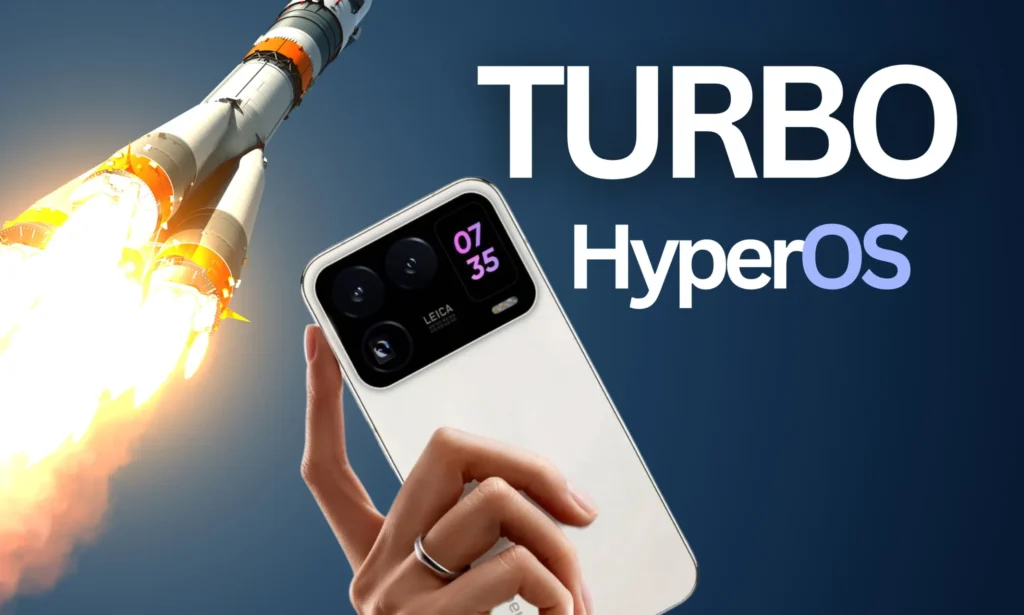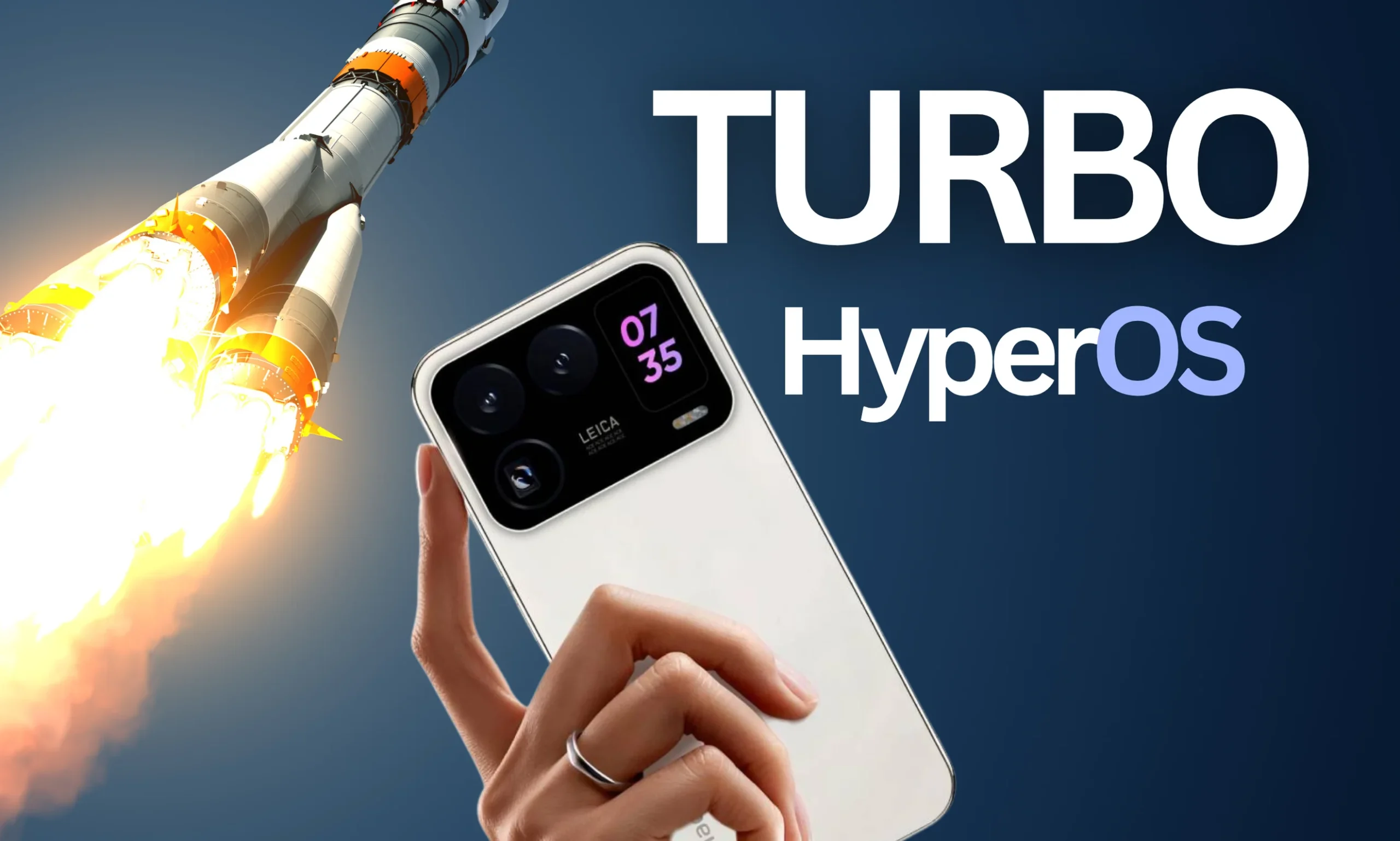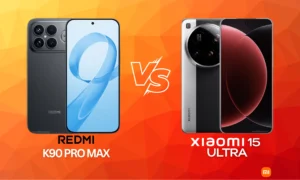Xiaomi Game Turbo: Unleash Rocket Performance

Xiaomi’s Game Turbo Menu: Unleashing the Rocketship Within Your Phone
Hey there, Xiaomi fans! It’s your tech-savvy buddy from xiaomiforall.com, and let me tell you, Xiaomi has done it again. They’re on a mission to make killer tech accessible, and their latest move with the revamped Game Turbo menu in HyperOS is nothing short of revolutionary, especially for anyone who loves gaming or just wants their phone to really perform. We’re talking about turning your everyday smartphone into a speed demon. Stick around as we dive deep into what this Game Turbo magic is all about, its killer features, and why it’s shaking up the performance game.
So, What Exactly IS Xiaomi’s Game Turbo Menu?
Think of Xiaomi’s Game Turbo as your phone’s personal pit crew. It’s been a staple in MIUI devices and is now getting a serious upgrade with HyperOS. Basically, it’s designed to give your phone a massive performance boost when you’re deep into a gaming session or tackling some really resource-hungry tasks. This menu acts like a command center, tweaking your system resources – CPU, GPU, RAM, you name it – to give you a smoother ride, slash that annoying lag, and make everything feel way more responsive.
From what we’re seeing online, Xiaomi has really cranked this up a notch with HyperOS, bringing in serious hardware and software tweaks. They’re promising that your phone will feel like a “rocket,” and early reports suggest it’s genuinely competing with the optimization features from big players like Samsung and OnePlus. Features on devices like the Redmi Turbo 4, Poco X7 Pro, and other newer Xiaomi models are getting a lot of love for this.

Inside the Game Turbo Arsenal: What Makes It Tick?
Xiaomi hasn’t just slapped a new coat of paint on Game Turbo; they’ve packed it with features that make a real difference. Based on insights from places like Xataka Android, GSMArena, and the tech-savvy crowd over at XDA Developers, here are the standouts:
Supercharged Performance Mode:
- This is where the magic happens. It prioritizes your CPU and GPU, pushing them to their limits for those demanding games like PUBG Mobile, Call of Duty, or Genshin Impact. According to XiaomiTime, you can expect a noticeable bump in FPS and a significant reduction in lag, even on mid-range champs like the Redmi 15C or the Redmi Turbo 4.
Speedy Storage Mode:
- Some Xiaomi devices, particularly those rocking MediaTek Dimensity 8400 Ultra chips (found in the Redmi Turbo 4 and Poco X7 Pro), come with a “speedy storage” feature. This basically speeds up game read/write operations, meaning less waiting time for your games to load. Winning!
Smart Resource Management:
- Game Turbo is clever. It dynamically adjusts your system resources, cutting out power-saving modes that might hold your phone back during intense gameplay. It ensures your device is running at its peak, no compromises.
Deep Customization:
- This is a big one for personalized performance. You can tweak specific settings for each game – think enhanced touch sensitivity (Enhanced Touch), notification management to keep those pesky pop-ups away, and network optimization to keep your ping low.
Real-Time Monitoring:
- While some users have reported the FPS monitor disappearing after certain MIUI or HyperOS updates (a common grumble on forums like Reddit!), Xiaomi is working on it. The goal is to show you real-time CPU, GPU, and temperature stats. Some workarounds involve developer options, but it’s definitely a feature people love.
Passthrough Charging:
- A neat trick on newer devices! This feature lets you charge your phone while you’re gaming without overloading the battery. Less heat, longer gaming sessions, and happier battery life – what’s not to love?
A Fresh New Look:
- With the jump to HyperOS, the Game Turbo interface has gotten a serious facelift. It’s more intuitive, looks modern, and finding your preferred settings is a breeze. People on X are saying it’s way easier to navigate now, even if you’re not a hardcore techie.
Getting Your Game Turbo On: It’s Easier Than You Think!
Firing up Game Turbo is a piece of cake. According to handy guides from Aio Mobile Stuff and XiaomiTime, here’s how you usually do it:
Through the Security App:
- Just open up the “Security” app on your Xiaomi device.
- Scroll down, and you should find Game Turbo.
- Add any games that aren’t automatically detected.
- Dive into the settings to tweak your performance modes or silence those notifications.
Via System Settings:
- Head to Settings > Special Features > Game Turbo.
- Here you can fine-tune everything to your liking, like enabling that speedy storage or ensuring your FPS monitor is ready to go.
Quick Access During Gameplay:
- Once it’s active, you’ll usually see a little icon pop up on the edge of your screen while you’re in a game. Tap it for quick adjustments without having to leave the action.
Why Does Game Turbo Turn Your Phone into a Rocket?
It’s not just for hardcore gamers, either! Game Turbo can seriously improve your daily phone experience for demanding tasks like video editing or heavy multitasking. Here’s the breakdown on why it’s so good:
Smoother Gaming: Those demanding titles run noticeably better. Even devices like the Redmi 15C or the Redmi Note 14 Pro+ 5G get a significant performance boost. The Redmi Turbo 4, with its powerful Dimensity 8400 Ultra, is a prime example of how Xiaomi delivers flagship-level gaming performance at a fraction of the cost.
Keeps Things Cool: HyperOS has brought improvements to thermal management, meaning your phone can keep its cool even when it’s working hard. Users are noting that the new Game Turbo “isn’t afraid of the heat anymore,” a big step up from previous versions.
Battery Smart: Features like passthrough charging and the ability to selectively disable power-saving modes during gameplay really help conserve battery. This is especially great on models with massive batteries, like the 6,000 mAh on the Redmi 15C or the hefty 6,550 mAh on the Redmi Turbo 4.
Your Phone, Your Rules: The level of customization – from touch sensitivity to network tweaks – lets you tailor your phone’s performance to exactly how you use it. That’s a level of control not many brands offer.
Works Across the Board: From budget-friendly gems like the Redmi 15C to more powerhouse options like the Redmi Turbo 4 Pro, Game Turbo is available on a huge range of Xiaomi, Redmi, and Poco devices running HyperOS or MIUI.
Game Turbo vs. The Competition
Xiaomi’s Game Turbo is definitely going head-to-head with features like Samsung’s Game Booster and OnePlus’s Game Space. But Xiaomi has a few aces up its sleeve:
Budget-Friendly Power: While Samsung and OnePlus often reserve their best optimization features for their pricier models, Xiaomi brings Game Turbo to the table even on entry-level phones like the Redmi A3 or the Redmi 15C. That’s huge for accessibility!
Seriously Smart Customization: Unlike, say, Samsung which might skip the FPS monitor on its Game Booster, Xiaomi lets you keep an eye on essential stats like FPS, temperature, and CPU/GPU usage. Yes, there have been a few hiccups with these updates, but the core functionality is strong.
HyperOS Synergy: The transition to HyperOS seems to have smoothed things out for Game Turbo, making it integrate better with the system for a more seamless and less buggy experience compared to older MIUI versions.
However, it’s not all perfect. Some users on platforms like Reddit have pointed out issues with recent updates – things like the max performance mode kicking in automatically or the FPS monitor going MIA. It seems Xiaomi is actively listening, though, and these kinds of kinks are being ironed out with updates.
Phone Spotlights: Where Game Turbo Shines Brightest
The Game Turbo menu is a great feature, but it really comes alive on certain devices. If you’re looking for a Xiaomi-ecosystem phone that truly leverages this, check out these:
Redmi Turbo 4: Packing a MediaTek Dimensity 840
0 Ultra chip, a smooth 6.67-inch display, and a massive 6,550 mAh battery, this is a gamer’s dream without the flagship price tag.
Redmi Turbo 4 Pro: With a beastly Snapdragon 8s Gen 4 and an enormous 7,550 mAh battery, this device pushes Game Turbo to its absolute limits, offering performance that rivals even the most premium phones out there.
Poco X7 Pro: Think of this as the global version of the Redmi Turbo 4, bringing the same impressive specs and the enhanced Game Turbo experience to a wider audience.
Redmi 15C: Even as an entry-level option with a MediaTek Helio G81 and no 5G, its hefty 6,000 mAh battery and 120 Hz 6.9-inch screen make it a solid choice for casual gaming with Game Turbo helping out.
A Few Bumps in the Road
No tech is perfect, and Game Turbo has its share of criticisms too. Some users have voiced frustrations after HyperOS updates:
- Feature Gaps: For instance, the Redmi 13C doesn’t always get Game Turbo in certain regions, leading to some disappointment.
- The Elusive FPS Counter: After updates to MIUI 13 or HyperOS, some users notice the FPS and temperature monitors vanishing. Thankfully, there are often workarounds, like enabling developer options.
- Performance Overload: On devices like the Poco X6 Pro, recent updates have sometimes forced max performance mode, leading to increased heat.
Xiaomi seems to be on top of these issues, and further HyperOS 2.0 updates are expected to bring more stability and address these user concerns.
Conclusion: Your Affordable Rocket Ship Awaits!
Xiaomi’s Game Turbo menu, especially its latest iteration with HyperOS, is a testament to their knack for delivering cutting-edge tech without breaking the bank. By packing in features like boosted performance modes, smart resource management, and deep customization, they’re transforming Xiaomi, Redmi, and Poco phones into devices that can truly compete with the big boys when it comes to gaming and overall performance.
Whether you’re rocking a budget-friendly Redmi 15C, a solid mid-ranger like the Redmi Note 14 Pro+ 5G, or a gaming-focused beast like the Redmi Turbo 4, Game Turbo ensures your device fires on all cylinders when you need it most. While there might be a few minor glitches cropping up now and then, Xiaomi’s commitment to continuous improvement and accessibility makes this feature a real winner for users.
If you’re on the hunt for a smartphone that nails performance, offers fantastic customization, and won’t cost an arm and a leg, then Xiaomi devices with Game Turbo are incredibly hard to beat. Get ready to launch your mobile experience to the next level!






